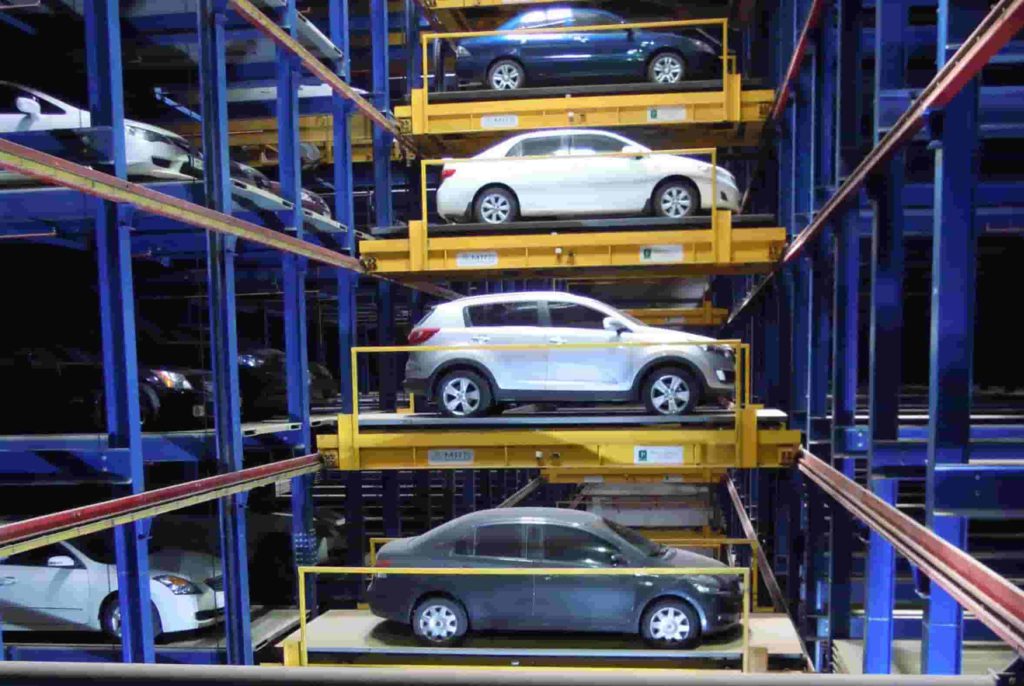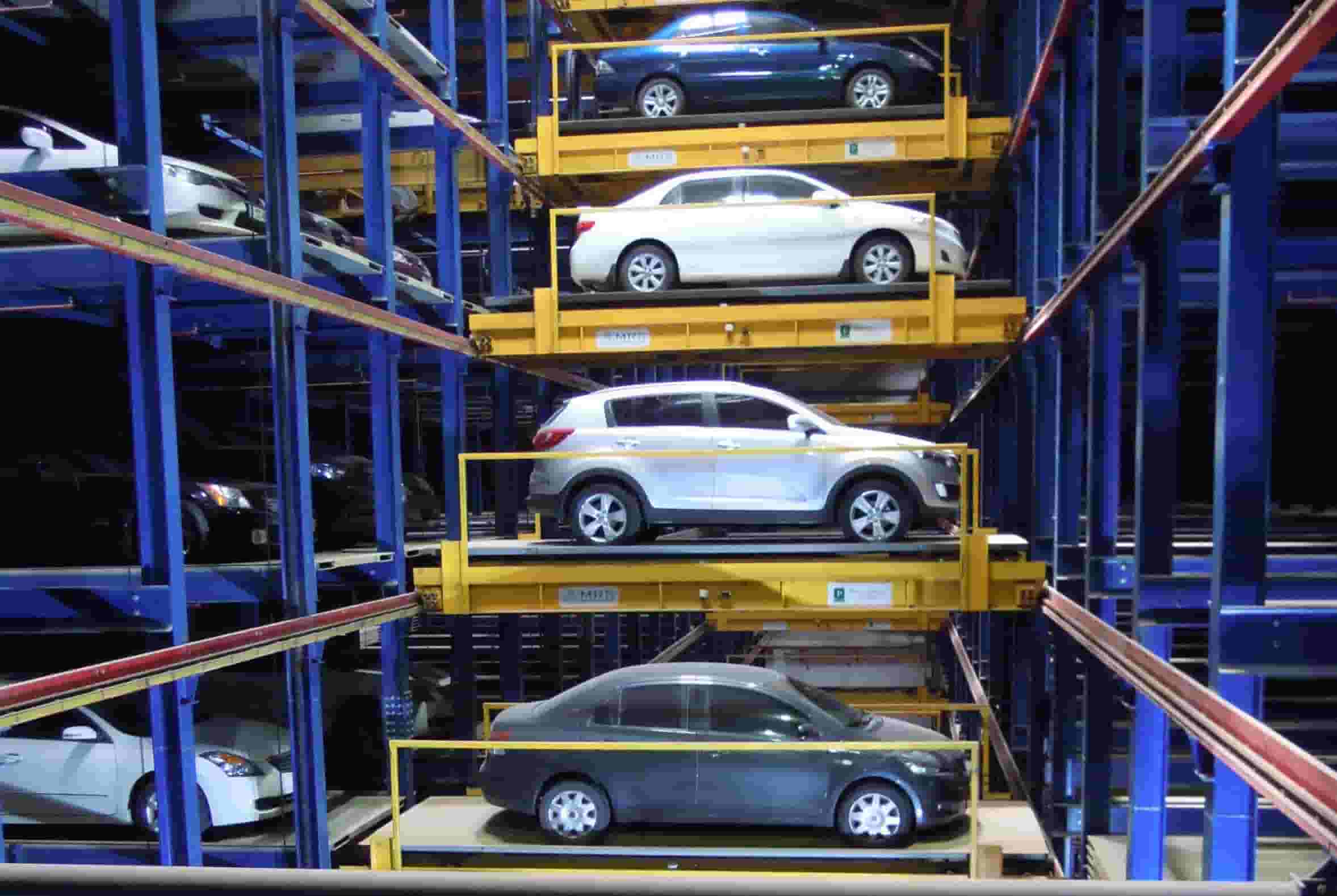What Makes A Robotic Parking System Smart?
With growing urbanization comes an increased demand for real estate and rising prices. This doesn’t bode well for conventional parking spaces that occupy large chunks of land. On the other hand, a robotic parking system can accommodate twice as many vehicles in the same amount of space, essentially using the same technology employed by automated warehouses (Amazon, FedEx, etc.) for increasing efficiency.

Let’s look at what makes such parking systems especially ‘smart’:
1. Enhanced safety
Robotic garages eliminate the need for a driver to walk a long distance to reach the vehicle. Instead, they simply drop off the vehicle at a drive-in entry cabin and pick it up from a pick-up zone. Because the storage area isn’t open to the general public (unlike a conventional parking space), the risk of theft or vandalism is nonexistent. Thus, the parking experience is comparable to valet parking with the valet runners being replaced with technology.
2. Space optimization
Robotic garages need narrower spaces than conventional parking facilities since drivers don’t need to get in and out of cars. The ceiling can also be lower for the same reason. Vehicles can be parked inches away from each other, with no need for staircases, elevators, or ramps.
A robotic garage system allows for door-to-door and bumper-to-bumper parking, thus saving a huge amount of space. In fact, robotic garages take 30-50% less land to build than a conventional garage, accommodating twice the number of vehicles in the same space. For developers, land acquisition costs decrease significantly. The additional land could be used to develop trading, workplace, and residential units i.e. more profitable projects.
Also Read: China Gets First Robotic Diagonal Smart Parking Garage
3. Environmentally-friendly
Robotic parking system is also much better for the environment. They promote fewer car emissions and reduced fuel consumption since cars are turned off as soon as they enter the parking lot. In robotic parking garages, fuel savings average 83% while toxic substances in the airdrop to 68%, making them much more environmentally friendly.
4. Retrofitting buildings
There’s no need to build new structures for robotic garages; older, vacant buildings can be also converted. Retrofitting and revitalizing these older buildings can provide two to three times the amount of parking, with nominal costs since the technology can be easily incorporated. Other typical robotic, automated, and mechanical parking works well for hospitals, universities, and office buildings. In addition to urban residential buildings, restaurants, and retail, these type of parking facilities often bring a bulk of people, most of whom have vehicles to park.
An idea whose time has come
Robotic parking systems don’t have a limit on the number of cars they can service. Currently, the largest and the most luxurious robotic parking facility in the world lies in Dubai. As our population continues to grow and urban areas will need to accommodate more people, robotic parking garages will only see wider acceptability in the future.

